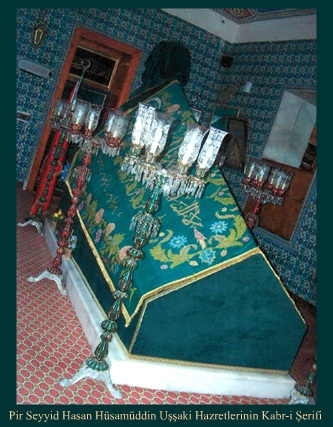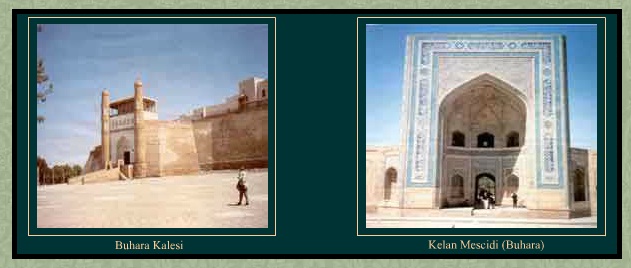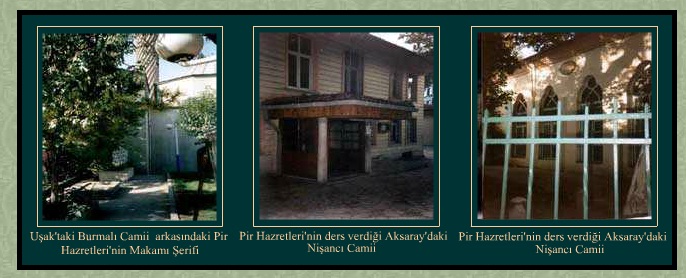Pir Sayyid Hassan Husameddin Ussaki (K.S.A)
- Home
- Pir Sayyid Hassan Husameddin Ussaki (K.S.A)

Saint Pir Sayyid Hassan Husameddin Ussaki (k.s.a.) is the founder of the ussaki branch of Khalwetiyye division of Tasawwuf. His name is Hassan, his title is Husamaddin (sharp sward of the religion). He was born in the year of 880 H (after the migration of Prophet Muhammad) (1473 A.C.) in Bukhara (Uzbekistan). He is the son of a merchant named Hajji Tebarruk. His lineage extends all the way to Imam Hassan (r.a.), Caliph Ali (k.w.) and Prophet Muhammad (s.a.w.).
He completed his Islamic and Tasawwuf education under the supervision and protection of his father. He spiritually advanced in Nurbahshiyye division of Kubrewiyye path of Tasawwuf in his youth and grew to be a virtuous, well-informed, and a mature person. The death of his father had saddened Respected Pir deeply and a dream that he had seen in such a mood made him donate his business and his wealth to his brother and leave for Erzinjan (an eastern city of Turkey). Here, he decided to become a student of Murshid-i Kamil (authorized spiritual teacher) Amir Ahmed Semerkandi, the well-known scholar of Islam and Tasawwuf. Due to Respected Pir’s love for Islam and Tasawwuf and royalty to his teacher, the khilafetname (succession) of the Halwetiyye division of Tasawwuf was given to him by his teacher. Later, he was sent to Ushak (a city in Turkey) to teach Islamic knowledge and Tasawwuf.
After the death of his teacher Saint Amir Ahmed Semerkandi, Respected Pir took on the duty of teaching and spreading Islamic knowledge and Tasawwuf. He gave Shahzade (prince) Murad, son of sultan Selim II, the glad tiding of his future sultanate. After becoming Padishah (sultan), Murad II insistently invited Respected Pir to Istanbul. Thereupon, he migrated to Istanbul. Respected Pir continued to teach and spread Islam and Tasawwuf in Istanbul; however the excessive interest he aroused in Istanbul suffocated him. Thus, he wanted to return to Ushak, but Padishah Murat III insisted for his stay. Sultan built a knowledge house for him in Kasımpasha later on. He died in Konya at the age of 121 after his last pilgrimage to Mecca in 1001H (1593A.C.) His tomb is in the Ussaki Center in Kasımpasha.



